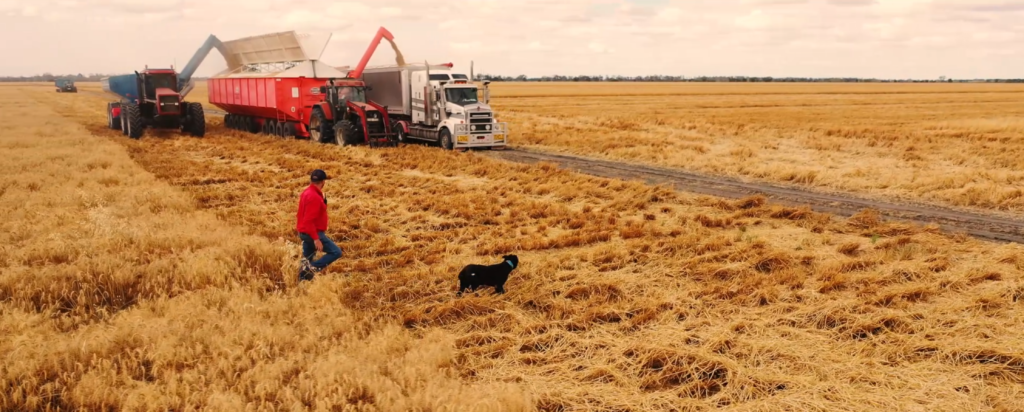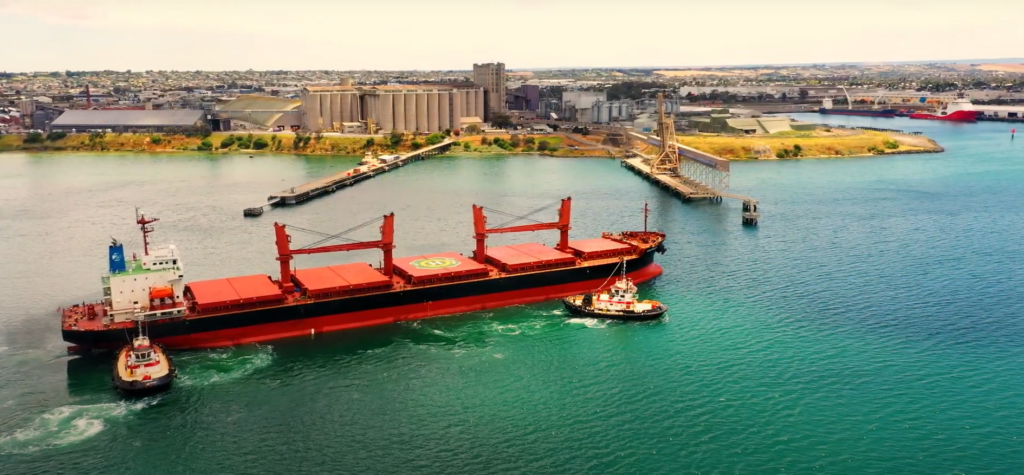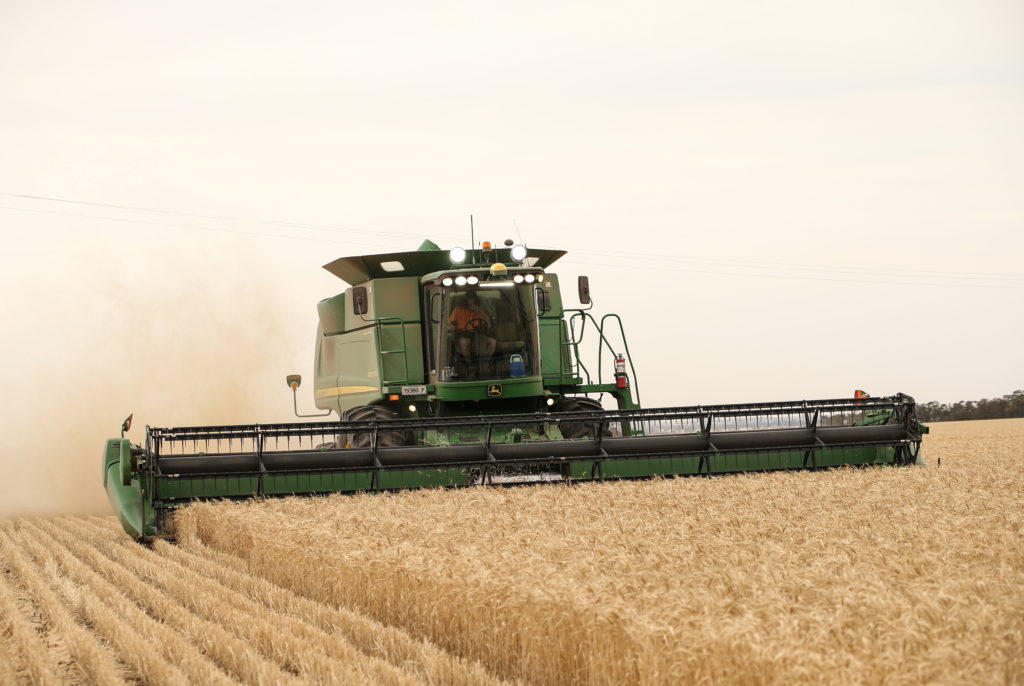Berthing and loading a 250-metre grain bulk carrier vessel is a finely judged dance.
It’s something we do every week across our seven ports.
GrainCorp charters up to 100 vessels each year, literally crossing the world’s seven seas to deliver Australian goods to international customers.
As you can imagine, connecting our growers with more than 30 international markets through an extensive export program takes some doing.
Grains and oilseeds harvested from farms in Victoria, New South Wales and Queensland can take a journey of up to 10,000 kilometres to be processed into noodles or pasta, distilled or brewed for alcohol, converted into biodiesel or fed to animals.
The vessels we charter are various sizes and offer different loading-hatch configurations, with unique berthing and loading processes.
It keeps us on our toes.
Typically, the ships’ holding capacities range from 10,000-60,000 tonnes, divided between five to seven holds. Hatch depths vary from 10-20m.
No two harbours are the same and some are limited in the size of ship they can accommodate.
Our Geelong port, for example, can only go to a maximum draft (the vertical distance between the ship’s waterline and the bottom of the hull) of just 11.9m.
This requires considerable skill to safely negotiate passage, particularly for vessels running near the upper limit.
Understandably, we leave the responsibility for berthing to expert sea pilots.
When the empty ship arrives for passage, the sea pilot boards the vessel and takes control from the captain until it berths, a process that can take up to five hours.
Once safely moored, preparations begin for loading, including preparing the load hatches.
Depending on the ship’s hatch configuration, this might involve lifting the cover out – in the case of a pontoon hatch – using ship-mounted cranes.
Before taking on any load, the ship needs to be provided with a Fitness to Load certificate by a qualified marine surveyor and quarantine authorised officer.
The loading equipment must be cleaned and inspected by the quarantine authorised officer prior to use, and between different vessels.
Our Port Operations Manager, Patrick Prendergast, says most of the difficult work in loading a ship is done before the first grain enters the hatches.
“There’s a lot of effort involved in safely berthing a vessel and preparing it to take commodities, but the loading process itself is largely straightforward,” he says.
“An operator sitting high above the vessel in the shiploader control cabin directs the various loading functions via computer.”
“There are also stevedores onboard the ship to assist and the two will stay in close communication throughout the process.”
Several factors affect how quickly a ship can be loaded.
“Hatch coaming (the vertical surface on a ship designed to prevent water entry) configuration can affect cargo trimming (how the load levels out in the hold),” he says.
“Flow rates are also influenced by what stage the ship is at in the loading process.
“The air draft, or distance from the water to the highest point in the vessel, the cargo spread in the terminal, the weather and grain sample testing each have an impact on how long it takes to load.
“All going well, flow rates of up to 2500 tonnes per hour can be achieved.”
And once loaded and clear of port, most grain bulk carriers travel at 10-15 knots or, for landlubbers, 18-28km/h.



